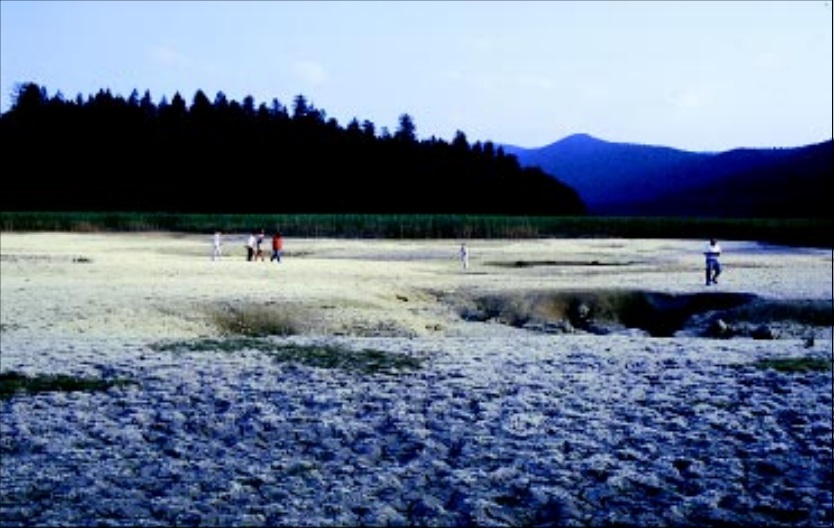Osnovne fizikalno kemične značilnosti kraških voda na Notranjskem
DOI:
https://doi.org/10.3986/ac.v27i2.510Abstract
V letih 1986 in 1987 je bilo zajetih 7 serij vodnih vzorcev na 36 do 47 mestih na Babnem, Loškem in Cerkniškem polju, na Blokah in Loškem potoku za fizikalno-kemične analize, ki so pokazale na kakovostno stanje teh voda.Z apnenčastega in dolomitnega sveta, ki obdaja Babno, Loško in Cerkniško polje se steka padavinska voda v izvire, ki napajajo ponikalnice. Večina izvirnih voda označuje vsebnost nitratov pod 4 mgNO3 -/l, kloridov pod 5 mg Cl-/l in vsebnost fosfatov okoli 0.05 mg PO43-/l. Bakteriološke analize so pokazale oporečno vodo, le nekaj izvirov pa je bilo občasno neoporečnih. Znatno slabšo kakovost imajo Pudobski, Podgorski in Mežnarjev studenec s poseljenim zaledjem ter ponikalnice na ponorih, kjer smo določali do 20 mg/l nitratov in kloridov, fosfatov pa do 5 mg/l. Ponikalnice na svoji poti po kraških poljih sprejemajo onesnaženje zaradi poseljenosti in industrije. Ker pa se voda ponikalnic pojavlja zaporedno na več niže ležečih poljih, pomeni to prenos in kopičenje onesnaženja po toku navzdol, tudi v izvire, ki so zajeti za oskrbo prebivalstva s pitno vodo.
In 1986 and 1987 seven series of samples were taken at 36 to 47 sampling points on Babno, Loško and Cerkniško Polje and on Bloke and at Loški potok in order to find out their physico-chemical properties and their quality. Rainwater flows from the limestone and dolomite landscape around Babno, Loško and Cerkniško polje into springs feeding the sinking streams. The nitrate level at most of the springs was below 4 mg NO3-/l and chloride below 5 mg Cl-/l; the o-phosphate level varied around the value of 0.05 mg PO4 3-/l. The bacteriological analyses of the spring waters showed that they are not of drinking quality and only few springs were seasonally of good quality. Poorer quality was found in springs with populated catchments, such as are Pudobski Izvir, Podgorski and Mežnarjev Studenec and, obviously in all the sinking waters at swallow-holes where the nitrate and chloride level was up to 20 mg/l and phosphate up to 5 mg/l. Flowing over karst poljes this water receives pollution due to habitations and industry. As the water of these sinking streams reappears downstream in several lower-lying karst poljes this results in the transport and accumulation of pollution downstream even in springs that are captured for water supply.
Downloads

Downloads
Published
How to Cite
Issue
Section
License
Authors guarantee that the work is their own original creation and does not infringe any statutory or common-law copyright or any proprietary right of any third party. In case of claims by third parties, authors commit their self to defend the interests of the publisher, and shall cover any potential costs.
More in: Submission chapter




